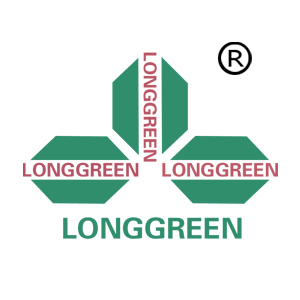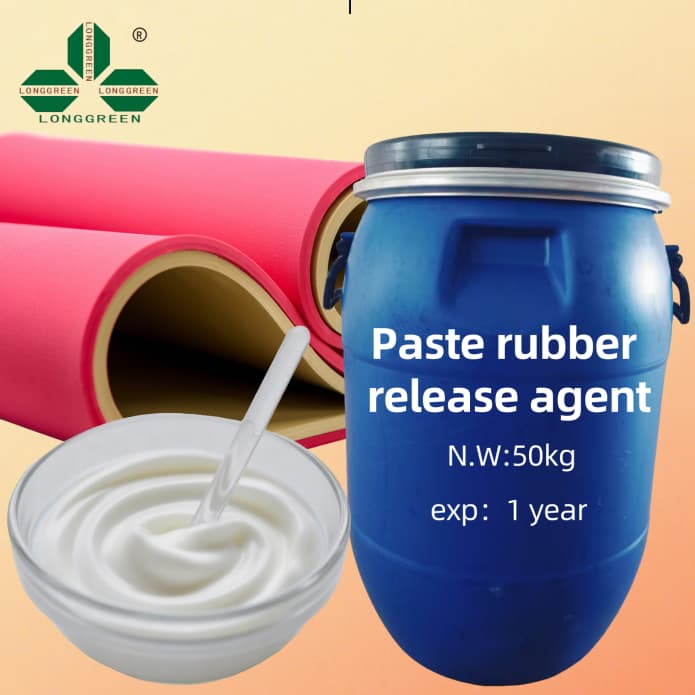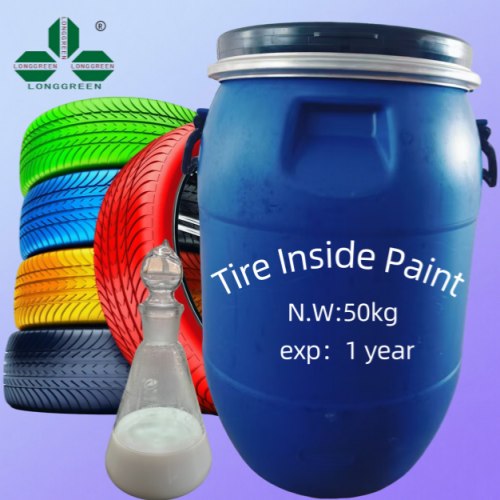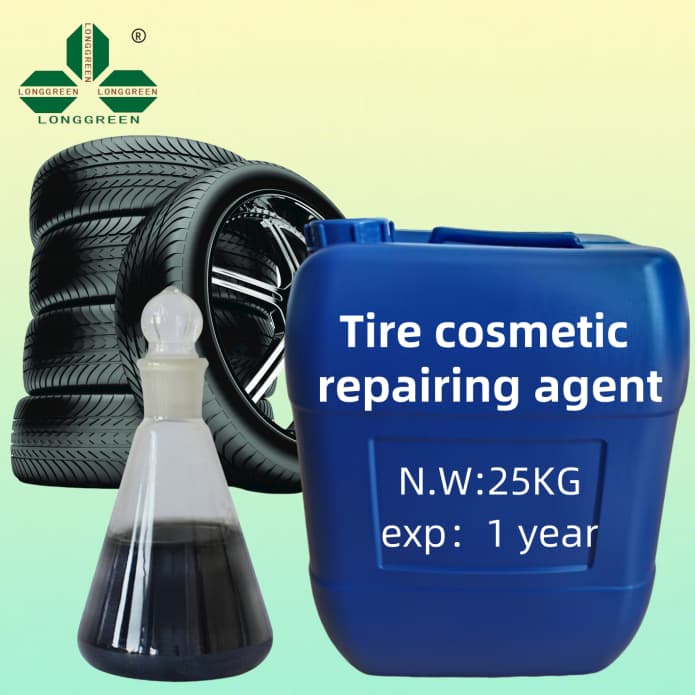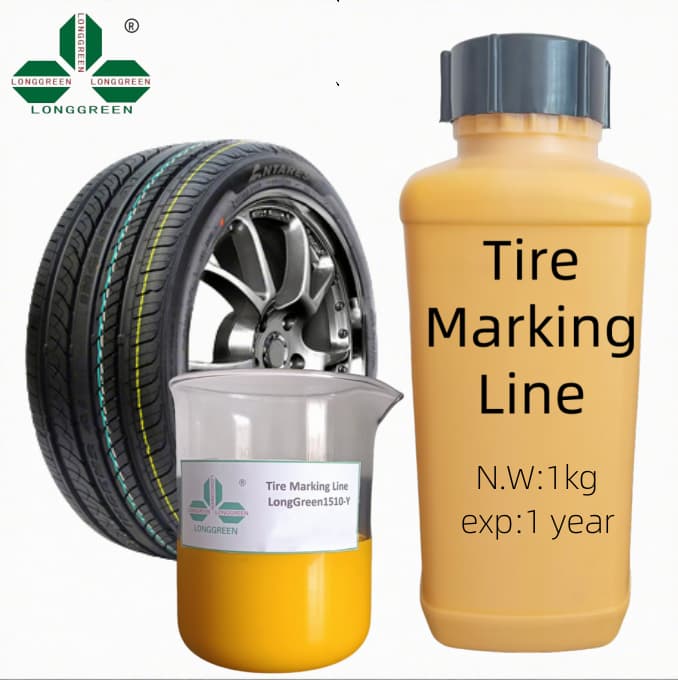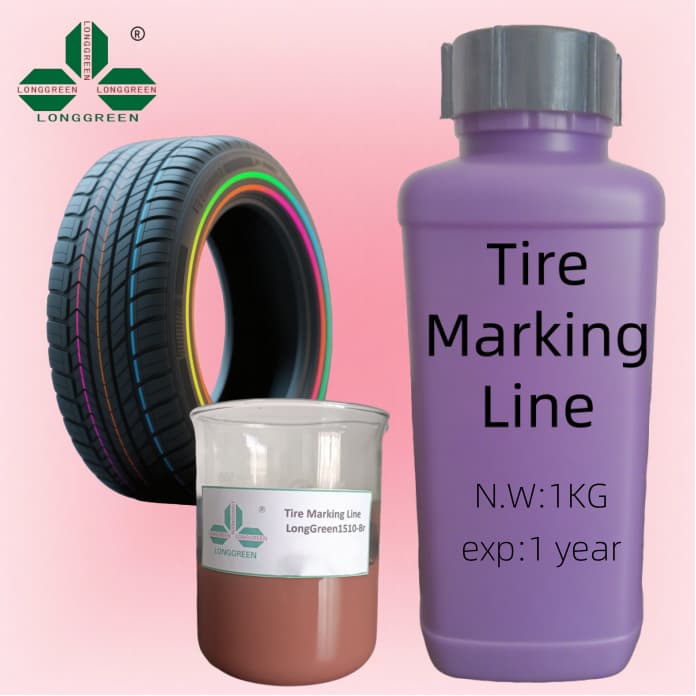The global rubber hose sector is expanding rapidly, driven by demand from automotive, construction, oil & gas, and hydraulic equipment industries. A critical enabler of this growth is Release agent for rubber mandrel—a specialized material that ensures cured rubber hoses separate seamlessly from internal mandrels. This step directly impacts production efficiency, product quality, and mandrel lifespan. As downstream industries raise performance standards for rubber hoses, the market for high-quality versions of this material has accelerated, with formulation and application innovations reshaping industry practices.

Market Drivers: Why Demand for This Agent Is Growing
Three core trends are fueling the adoption of Release agent for rubber mandrel, according to industry analysts.
Automotive Industry Shifts: The move to electric vehicles (EVs) and lightweight designs has boosted demand for high-performance hoses (coolant, brake, battery cooling). These hoses need precise dimensions and clean surfaces, which depend on reliable versions of the agent. EV hoses operate in harsh thermal/chemical environments, so the material must leave no residue that harms performance.
Construction & Mining Expansion: Global growth in construction and mining—especially in emerging economies—has increased demand for hydraulic hoses. These hoses rely on rigid mandrels during curing, and efficient iterations of the agent prevent adhesion. This reduces downtime from mandrel cleaning and lowers hose damage risks during demolding.
Environmental Regulations: Strict global rules (EU’s REACH, U.S. EPA) limit VOC emissions from solvent-based products. This has driven a shift to water-based, low-VOC, or solvent-free Release agent for rubber mandrel. The transition aligns with sustainability goals and improves workplace safety, further boosting adoption.
Tech Innovations Advancing the Agent
R&D in Release agent for rubber mandrel focuses on three key areas to meet industry needs:
1. Formulation: Eco-Friendly & Long-Lasting Options
Traditional solvent-based versions of the agent have high VOCs. Today, water-based alternatives dominate, cutting VOCs by up to 70%. Innovations include biodegradable surfactants and polymer modifiers, which boost release efficiency while working with rubbers like NBR, EPDM, and FKM.
“Multi-cycle” formulations are another breakthrough. They withstand multiple curing cycles without reapplication, reducing material use by 30–40% and saving time. These options form a heat-resistant film that works at 150–200°C curing temperatures.
2. Application: Automated Precision
Manual application of the agent causes uneven coating, leading to defects. Automated systems (robotic sprayers, precision rollers) now ensure uniform coverage on mandrels (5mm–200mm diameter).
Many systems integrate IoT sensors to monitor coating thickness and temperature, adjusting flow in real time. This precision improves quality and reduces waste by applying only the needed amount of the material.
3. Compatibility: Adapting to New Rubbers
Advanced rubbers (e.g., FKM for high-temperature oil & gas hoses) require specialized Release agent for rubber mandrel. FKM-compatible formulas use silicone-free additives to avoid contamination and meet chemical resistance standards.
For recycled rubber hoses (irrigation, ventilation), the agent with adjustable adhesion handles inconsistent material properties, ensuring reliable demolding without harming hose integrity.
Challenges for the Agent’s Market
Despite growth, the market for Release agent for rubber mandrel faces key hurdles:
Raw Material Volatility: Key ingredients (synthetic resins, surfactants) depend on petroleum or agricultural commodities. Oil price swings and supply chain disruptions (geopolitical tensions, natural disasters) cause cost instability, pressuring manufacturers to keep the agent’s prices competitive.
Technical Barriers for SMEs: Developing high-performance versions of the agent needs heavy R&D investment—especially for advanced rubber compatibility and automation. Many small/medium enterprises lack resources for testing (durability, compliance), limiting their ability to compete.
Regional Regulatory Differences: Strict EU VOC rules vs. lenient standards in some emerging markets create a fragmented landscape. Manufacturers must adapt the agent’s formulations to local rules, raising costs and logistical complexity.
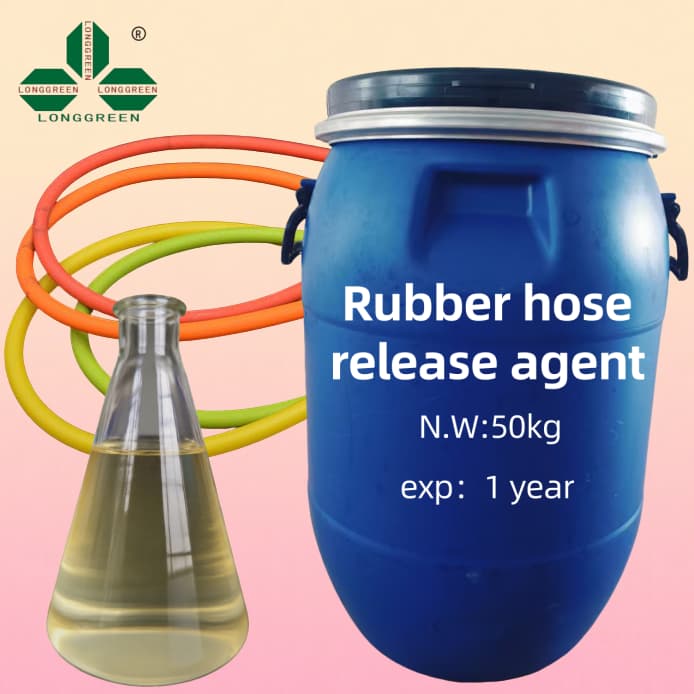
Future Outlook for the Agent
The market for Release agent for rubber mandrel will see further innovation, focused on sustainability, efficiency, and tech integration.
Bio-Based Formulations: Renewable (plant oil, microbial) versions of the agent will gain traction. These fully biodegradable options match synthetic efficiency and align with circular economy goals.
Smart Manufacturing Integration: The agent will work with AI-powered quality control systems that detect adhesion issues in real time. This enables predictive mandrel maintenance and optimizes the material’s use, cutting waste.
Regional Customization: Emerging economies will drive demand for affordable iterations of the agent. Manufacturers will develop tailored products balancing performance and cost to serve local markets.
In short, Release agent for rubber mandrel is now a critical part of the global rubber hose industry’s growth. As sectors evolve and regulations tighten, innovations will keep shaping its market. For stakeholders, investing in quality versions of this material is key to meeting global economy demands.


